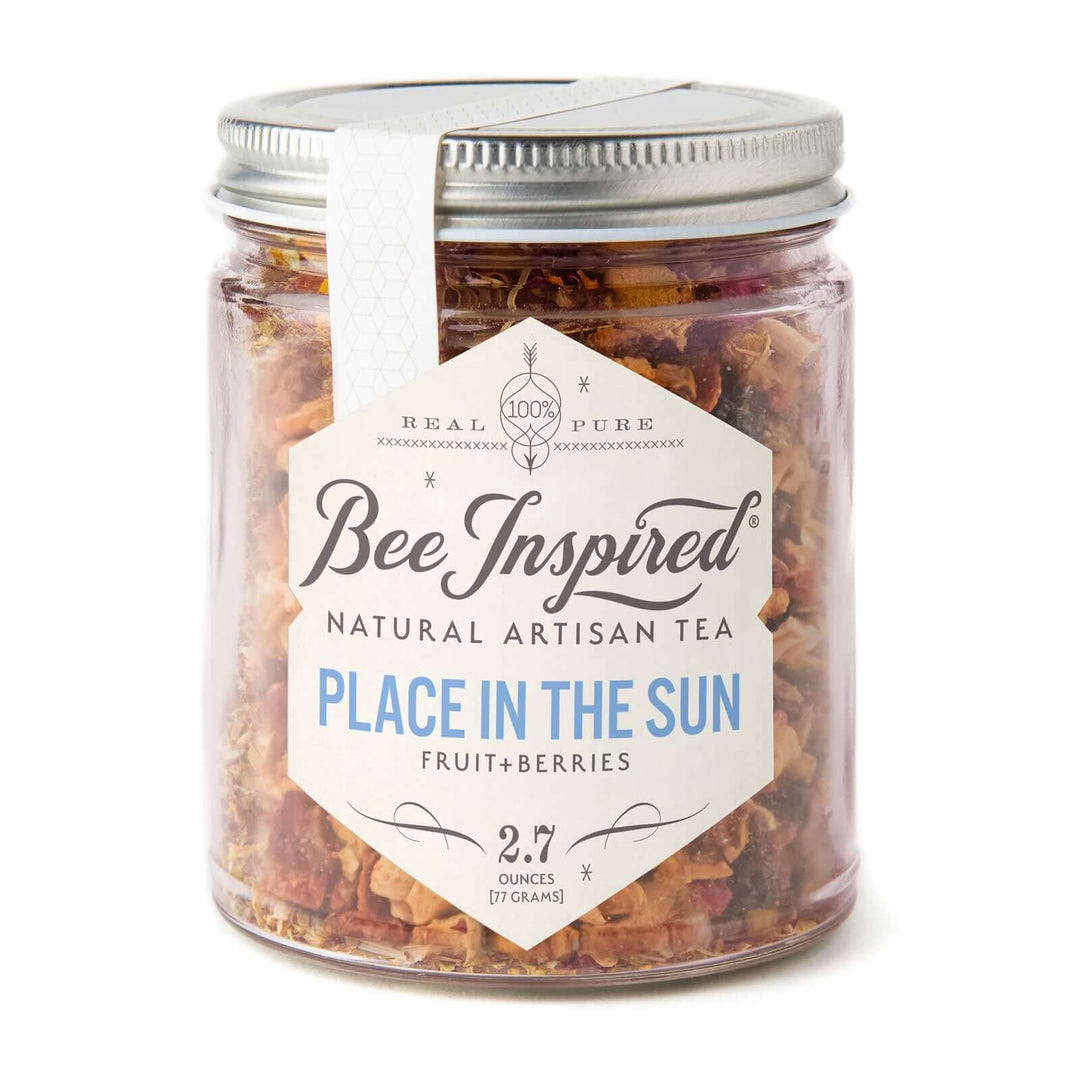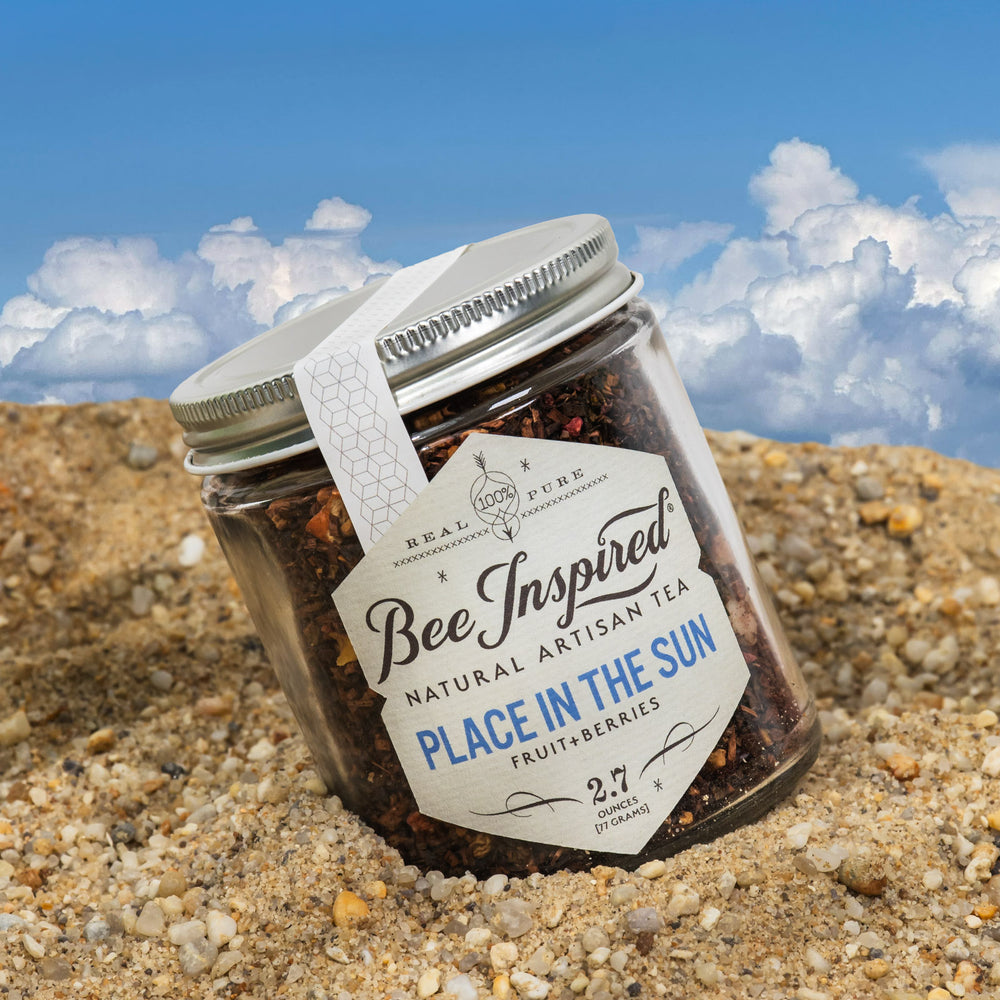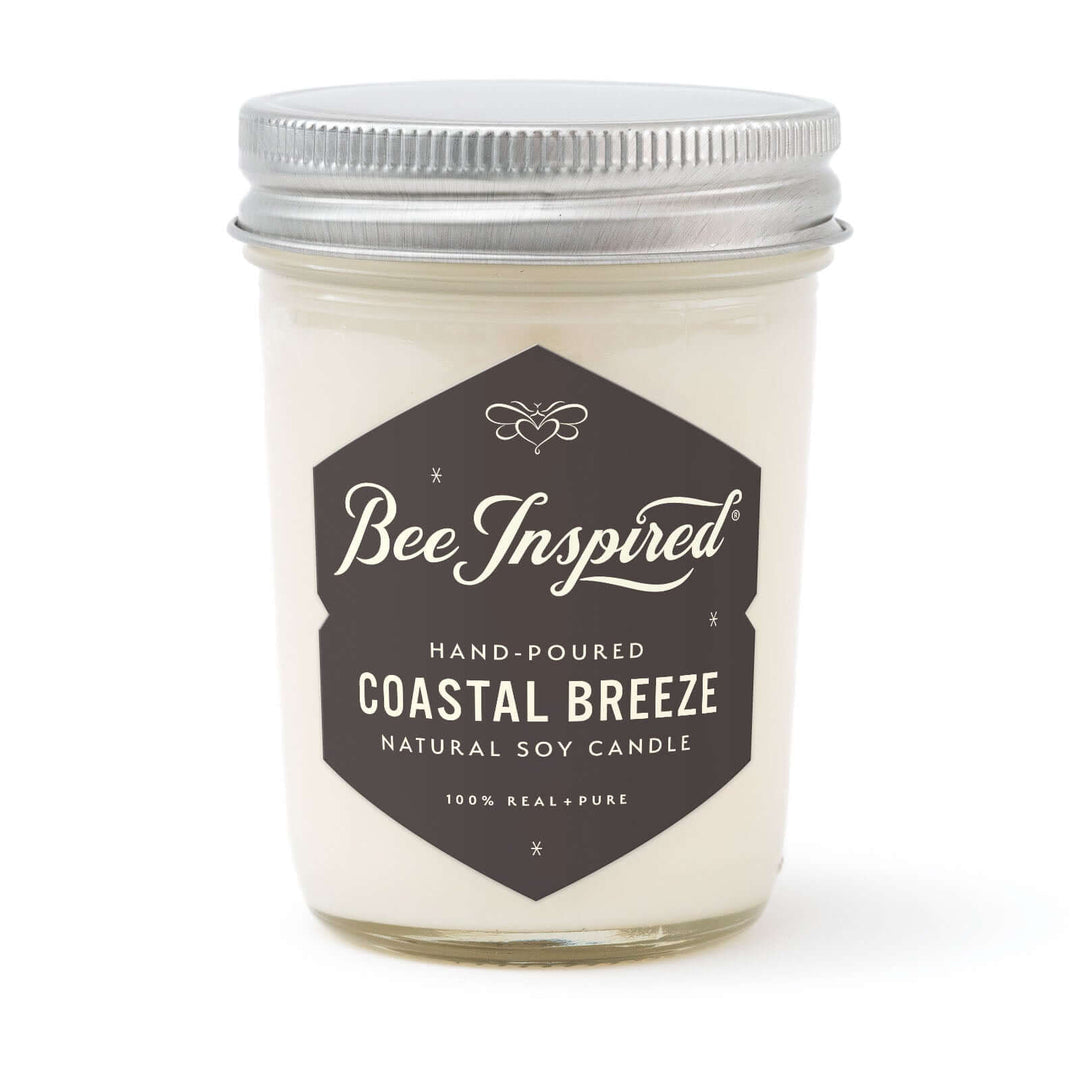I went queen hunting earlier this summer, I had the pleasure of spending the day with Michael Embry and a couple of his students finding and marking queens.




Why go queen hunting?
So that they are easily detectable. Technically the beekeeper should regularly be checking on queen performance through brood inspection. Basically, you take a look into the “Brood Box” where the queen resides and see if there is lots of capped comb. This signifies the queen is healthy and laying lots of eggs.
If the queen is weak, failing or just not performing up to speed, if she is marked, it will be easier to capture her and replace her. There is one caveat to judging queen performance: If the temperature is high, regardless of how healthy the queen is, she probably won’t lay many eggs.
This day reminded me of the day last year when I had to requeen a weak hive, only we inspected over 18 hives and marked performance of each hive, to be tracked throughout the life of each hive. In the weeks that followed, in the height of honey flow, there was at least one more full inspection.
When is the best time to requeen? I happen to think about this a lot. I’ve read many different perspectives on the subject. I’ve resolved that the bees know better than I do.











